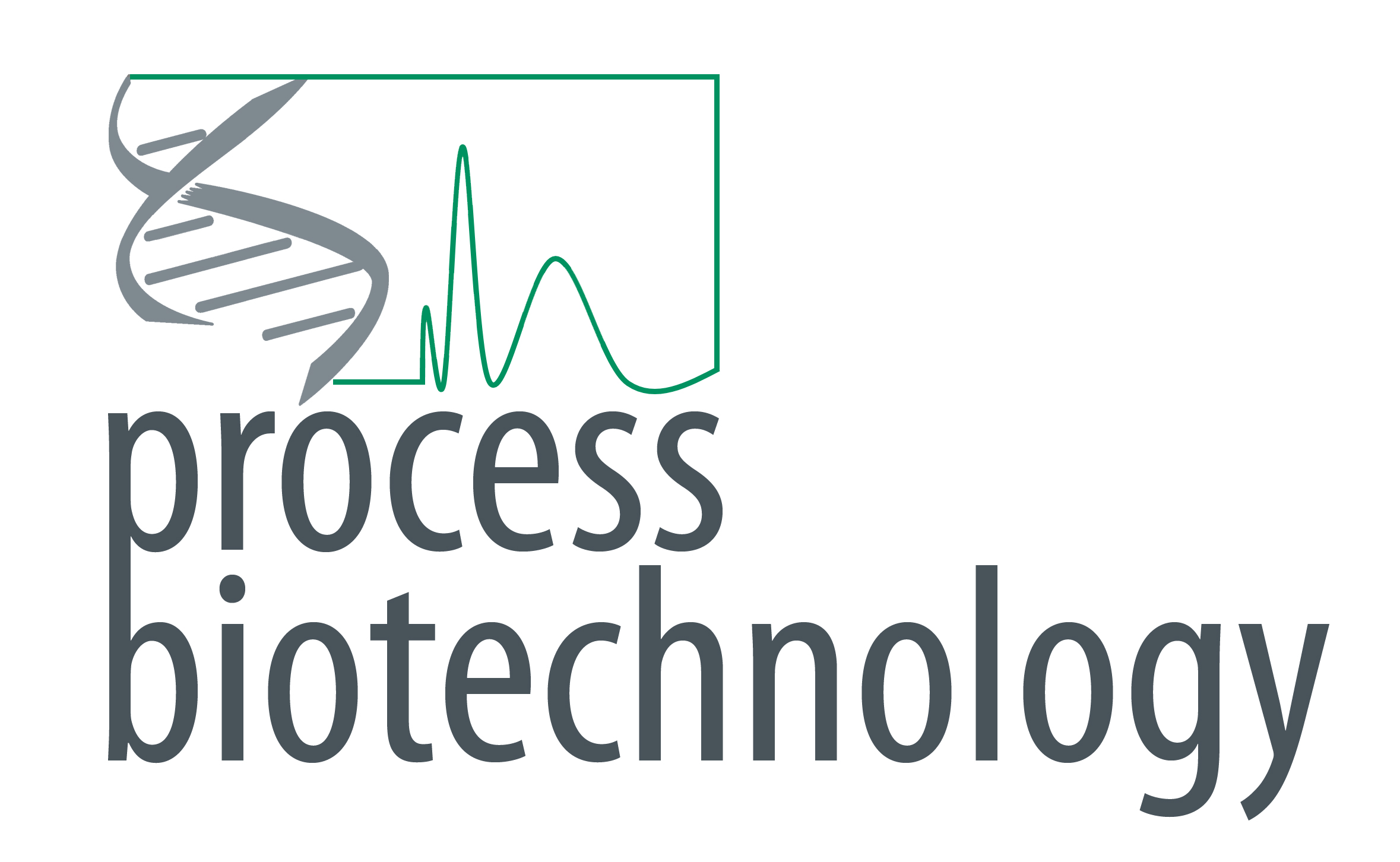News
New Article: Systematic Study of a Library of PDMAEMA-Based, Superparamagnetic Nano-Stars for the Transfection of CHO-K1 Cells
Research, 28.04.17
Our work in collaboration with the group of Axel H.E. Müller, Institute of Organic Chemistry, Johannes Guttenberg University Mainz was published by polymers.
The introduction of the DNA into mammalian cells remains a challenge in gene delivery, particularly in vivo. Viral vectors are unmatched in their efficiency for gene delivery, but may trigger immune responses and cause severe side-reactions. Non-viral vectors are much less efficient. Recently, our group has suggested that a star-shaped structure improves and even transforms the gene delivery capability of synthetic polycations. In this contribution, this effect was systematically studied using a library of highly homogeneous, paramagnetic nano-star polycations with varied arm lengths and grafting densities. Gene delivery was conducted in CHO-K1 cells, using a plasmid encoding a green fluorescent reporter protein. Transfection efficiencies and cytotoxicities varied systematically with the nano-star architecture. The arm density was particularly important, with values of approximately 0.06 arms/nm2 yielding the best results. In addition, a certain fraction of the cells became magnetic during transfection. The gene delivery potential of a nano-star and its ability to render the cells magnetic did not have any correlations. End-capping the polycation arms with di(ethylene glycol) methyl ether methacrylate (PDEGMA) significantly improved serum compatibility under transfection conditions; such nano-stars are potential candidates for future in vivo testing.
Full details can be found in doi:10.3390/polym9050156 ...

